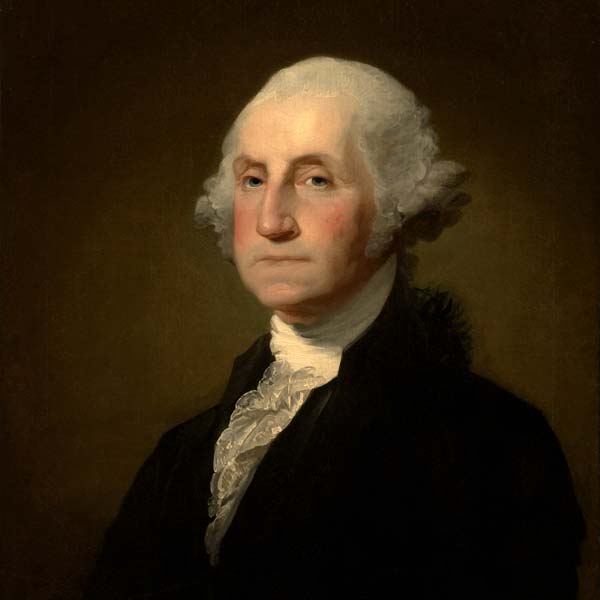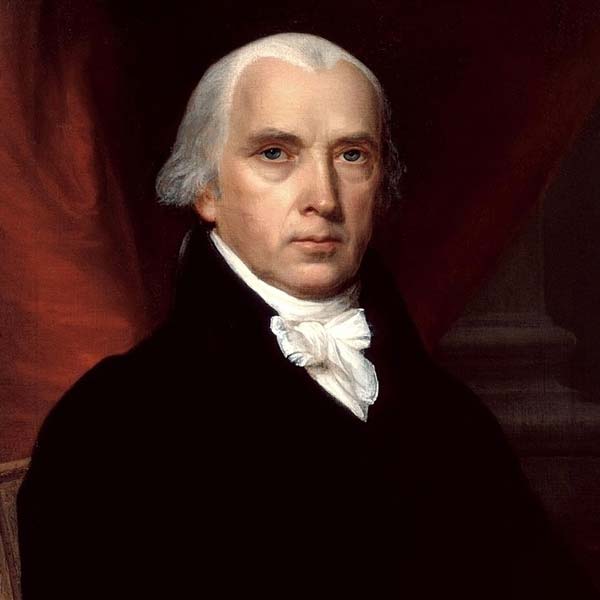The Constitution by Barry Faulkner


National Archives, Washington, DC, 1936. Delegates: Abraham Baldwin (GA), Gunning Bedford, Jr. (DE), William Davie (NC), John Dickinson (DE), Oliver Ellsworth (CT), Benjamin Franklin (PA), Elbridge Gerry (MA), Nathaniel Gorham (MA), Alexander Hamilton (NY), William Samuel Johnson (CT), Rufus King (MA), John Langdon (NH), James Madison (VA), Luther Martin (MD), George Mason (VA), Gouverneur Morris (PA), William Paterson (NJ), Charles Cotesworth Pinckney (SC), Charles Pinckney (SC), Edmund Randolph (VA), George Read (DE), John Rutledge (SC), Roger Sherman (CT), George Washington (VA), and James Wilson (PA).
Barry Faulkner was born in Keene, New Hampshire, in 1881 and, after briefly attending Harvard University, studied art in Rome in the early twentieth century. He returned to New York in 1910 and worked there for several decades before retiring to Keene in the 1960s. He died there at age 85 in 1966.
Faulkner’s 1936 rendition of the Constitutional Convention — coinciding with the opening of the National Archives — has the delegates standing in an ancient Roman setting rather than sitting in a Philadelphia assembly hall. Faulkner’s portrait of the Framers of the Constitution was not well received originally. One commentator said he “must have been reading Roman history and not American history.”
Faulkner’s affection for the outdoors is reflected in “The Constitution,” in which the Founding Fathers are outside, making this painting different from the indoor interpretations. Indeed, unlike the other works depicting the signing of the Constitution, this one seems almost to have been painted with the out of doors landscape and Romanesque architecture as the main considerations. There are no tables, no windows, no drapes, and no Philadelphia. Faulkner was chosen by John Russell Pope, who was known as the “last of the Romans.” Pope designed both the National Archives and the Jefferson Memorial.
True, the mural does depict Madison delivering the final draft of the Constitution to Washington, so it focuses on the outcome of the Convention. But he portrays only 25, rather than 39 delegates who were there on September 17, so this is not really a portrayal of the signing of the Constitution. So we must ask about the delegates he has included and those whom he has excluded. Faulkner includes the three delegates who declined to sign and he has portraits of three more delegates who left early! Thus in this mural, Faulkner has portrayed only 19 of the 39 signers. What are we to make of this?
Declaration of Independence by Barry Faulkner
Faulkner’s “The Constitution” has the Declaration of Independence as its companion at the National Archives. Each mural, commissioned in 1934 and completed in 1936, is about 13 feet high by 34 feet long. Faulkner painted them in oil on canvas in his studio at Grand Central Station in New York City. They were then transported to Washington, DC, where they were “fastened to the Rotunda’s plaster walls with a mixture of paint, varnish and turpentine.” Both National Archives murals underwent a restoration and cleaning in the early twenty-first century that cost over $2 million. Faulkner received $36,000 for his work.
Richard Blondo of the National Archives describes the process of renovation:
Under the direction of senior conservator David Olin, the conservation team began its work in November 2000. UBS, Inc. (a scaffolding contractor), erected a special curved scaffold in the Rotunda. The mural surfaces underwent preliminary cleaning to remove dust and grime. Tissue paper was adhered to the painted surface to protect the paint in preparation for removing the murals off the curved walls.
Because the murals had been affixed to the walls with a lead adhesive, the removal process had to follow stringent lead-abatement procedures. After softening the adhesive layers, the murals could be painstakingly separated from the wall. Only moderate amounts of plaster and excess lead adhesive remained affixed to the back of the canvas. The paintings were gradually rolled onto enormous aluminum spools as they came off the walls, then transferred from the metal spools to very large and sturdy cardboard tubes.
In December 2001, a team of movers carried the rolled murals out the back door of the Rotunda, down the marble staircase to the Pennsylvania Avenue lobby, and out the door to a waiting truck that whisked them to the conservation laboratory where they remained until November 2002, when the studio conservation work was complete.
While in the lab, remnants of plaster and adhesive were removed, and the murals were flattened. The paintings were infused with a synthetic wax resin to stabilize the aged canvas and the underlying paint. Then the tissue paper on the painted surface, the paste from the tissue paper, the layers of grime, and varnish were removed with meticulous care. Next, the murals were expertly cleaned to remove discolored varnish and coatings.
In December 2002, the murals were reinstalled onto aluminum panels newly affixed to the Rotunda walls. The panels cannot be seen, but they will make it easier to remove the murals again whenever they require conservation. After final varnishing, in-painting was done in small AREA-SKIPs where paint had flaked off. A temporary barrier was placed over the murals in January 2003 to protect them as the Rotunda renovation proceeded.

